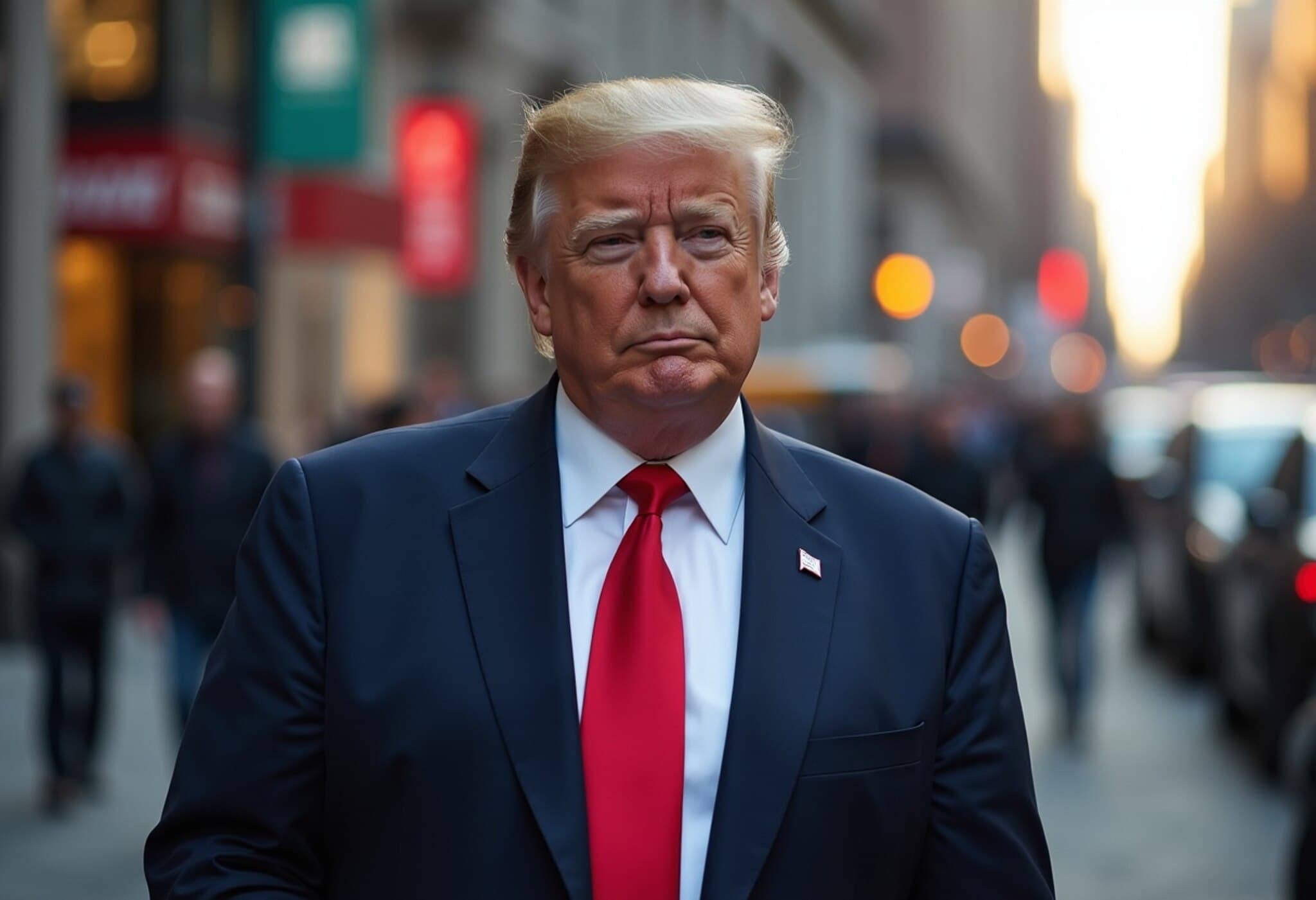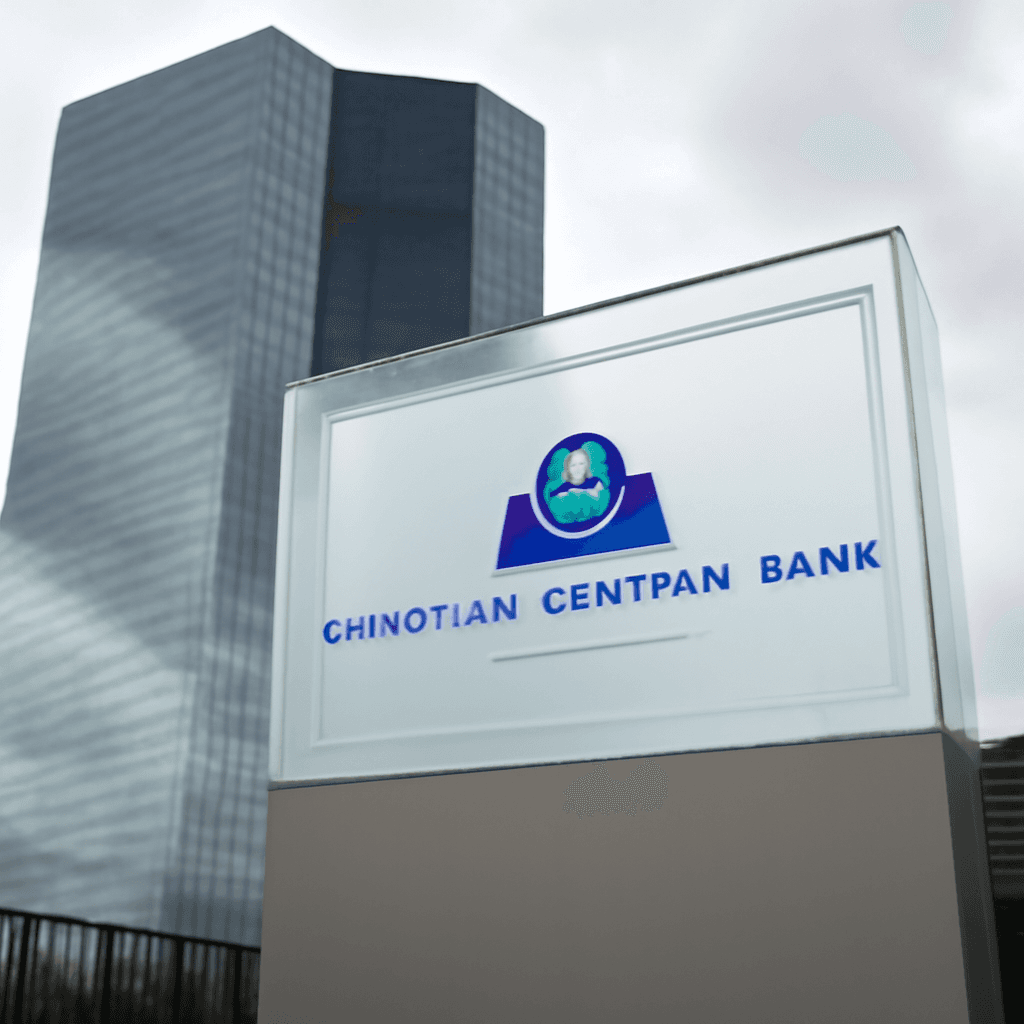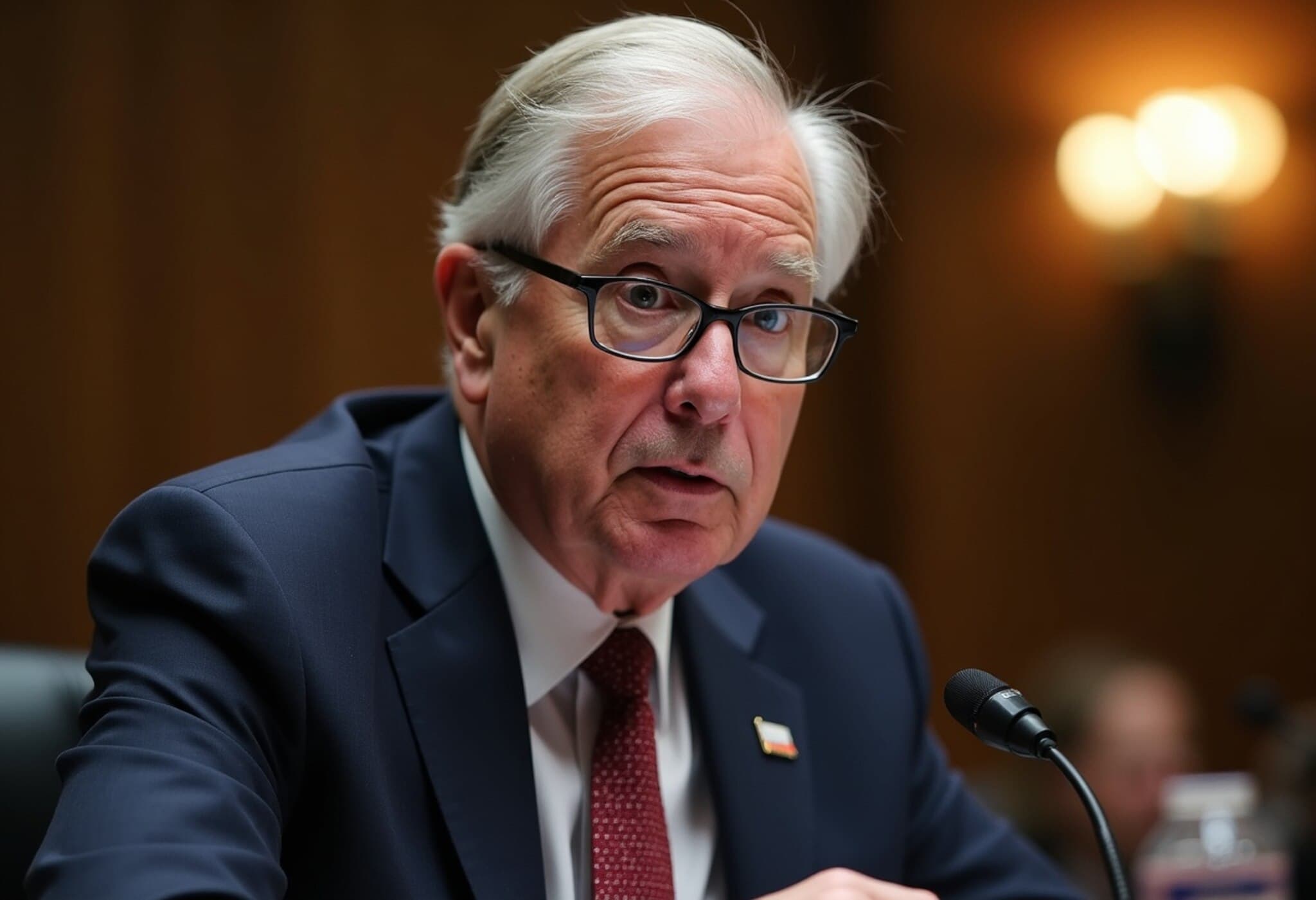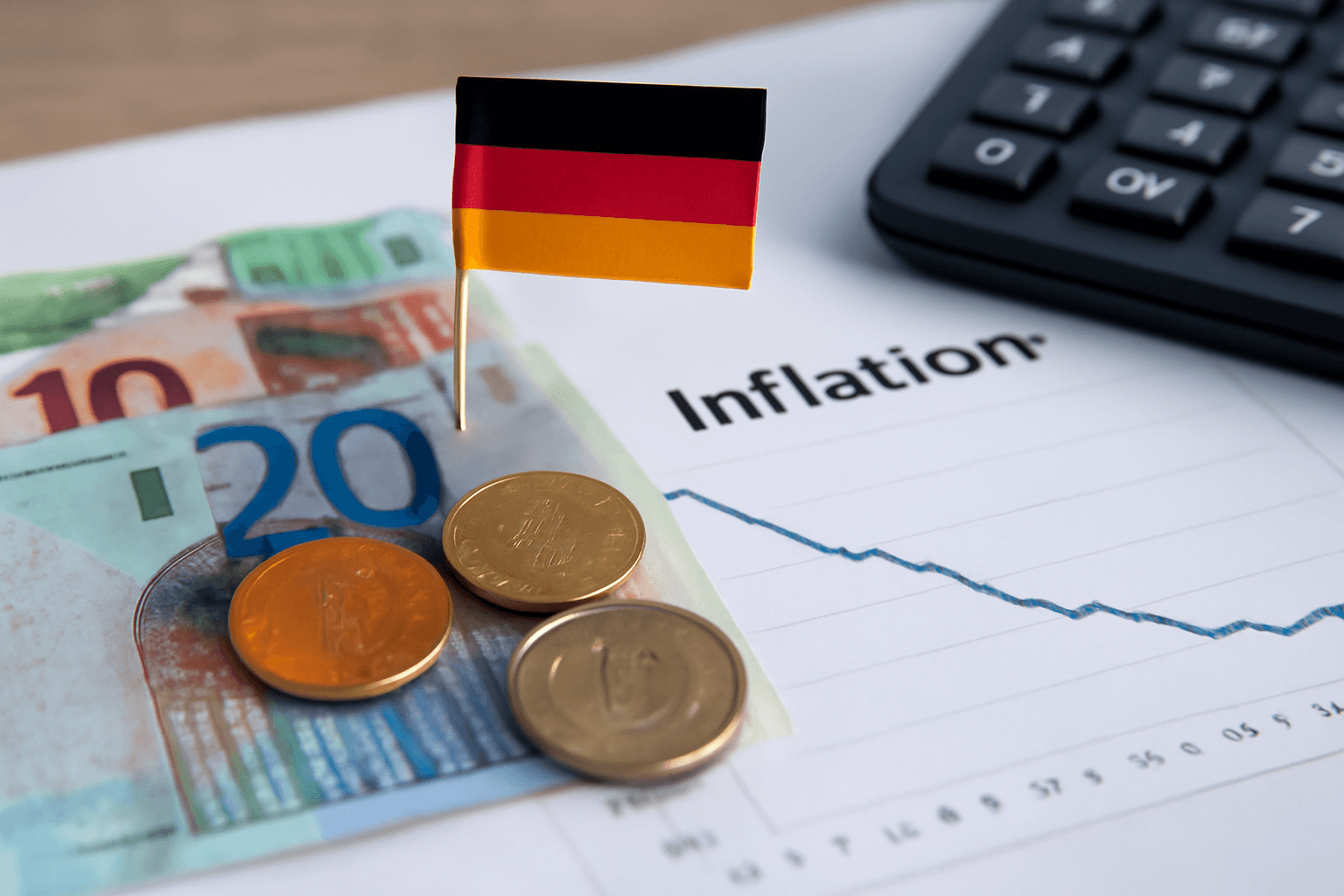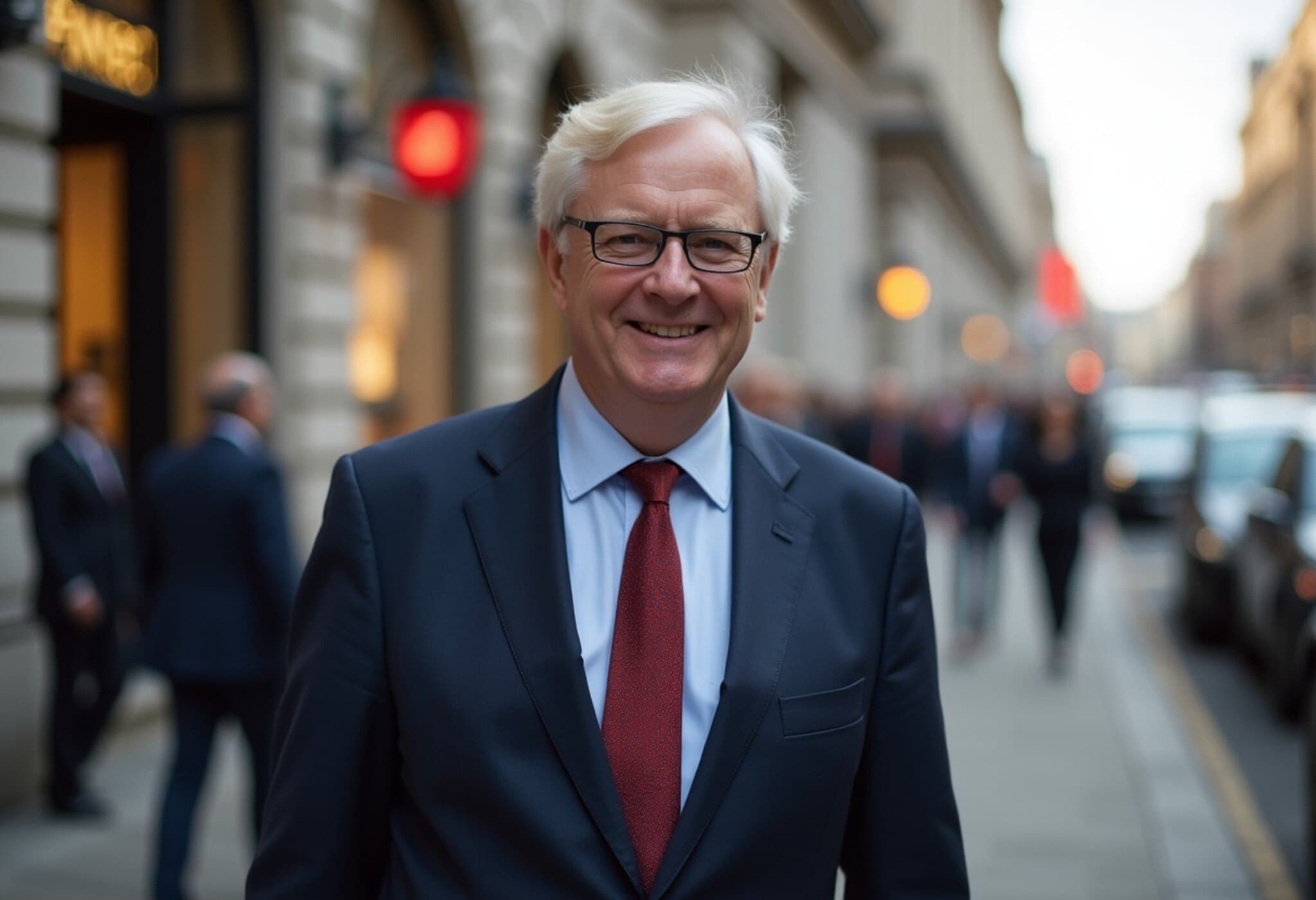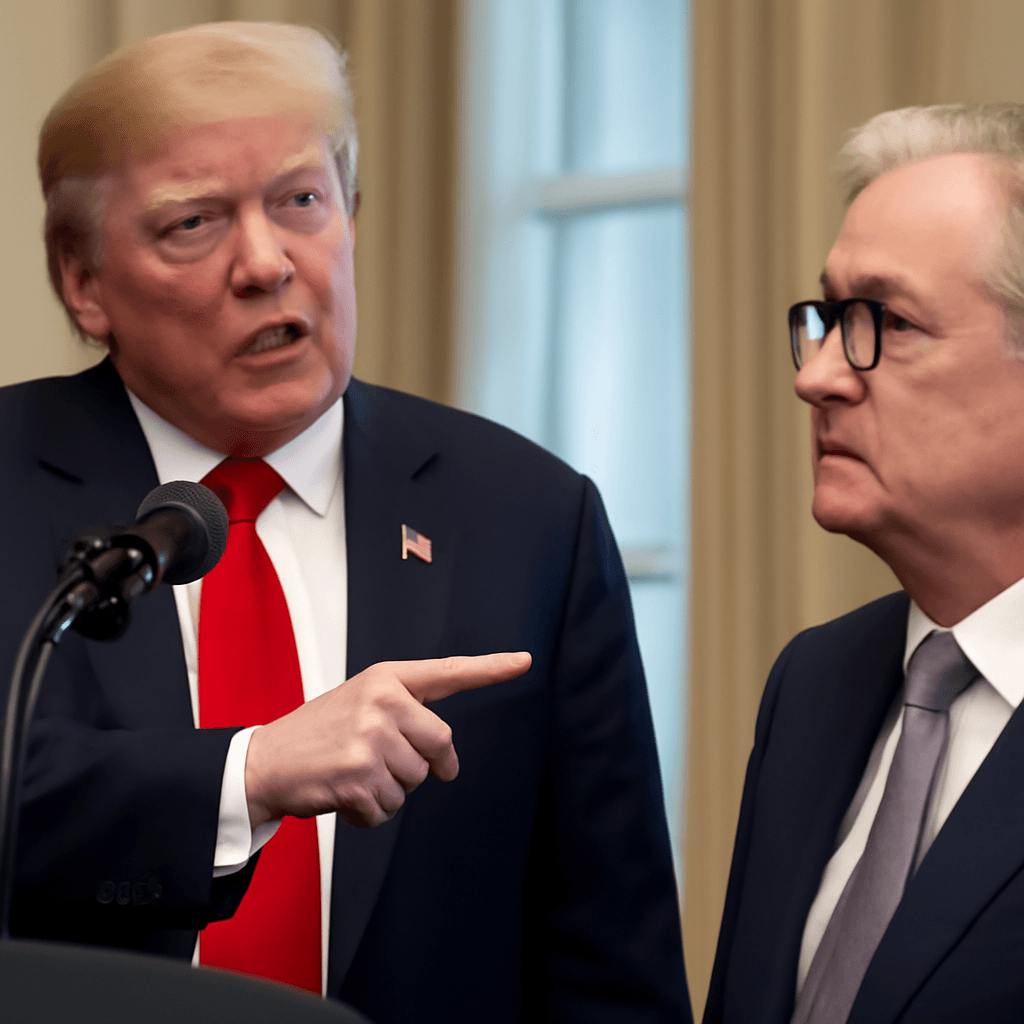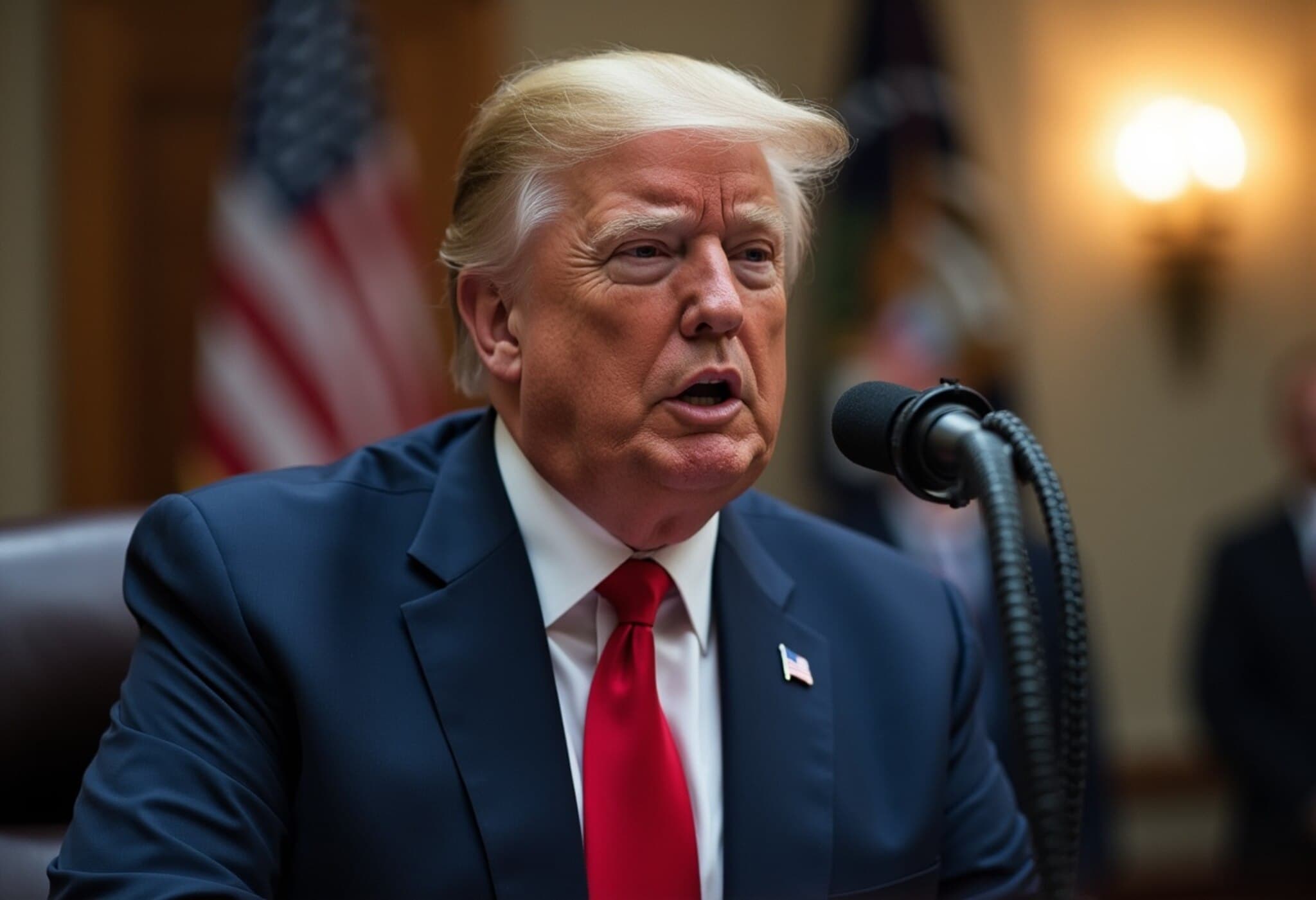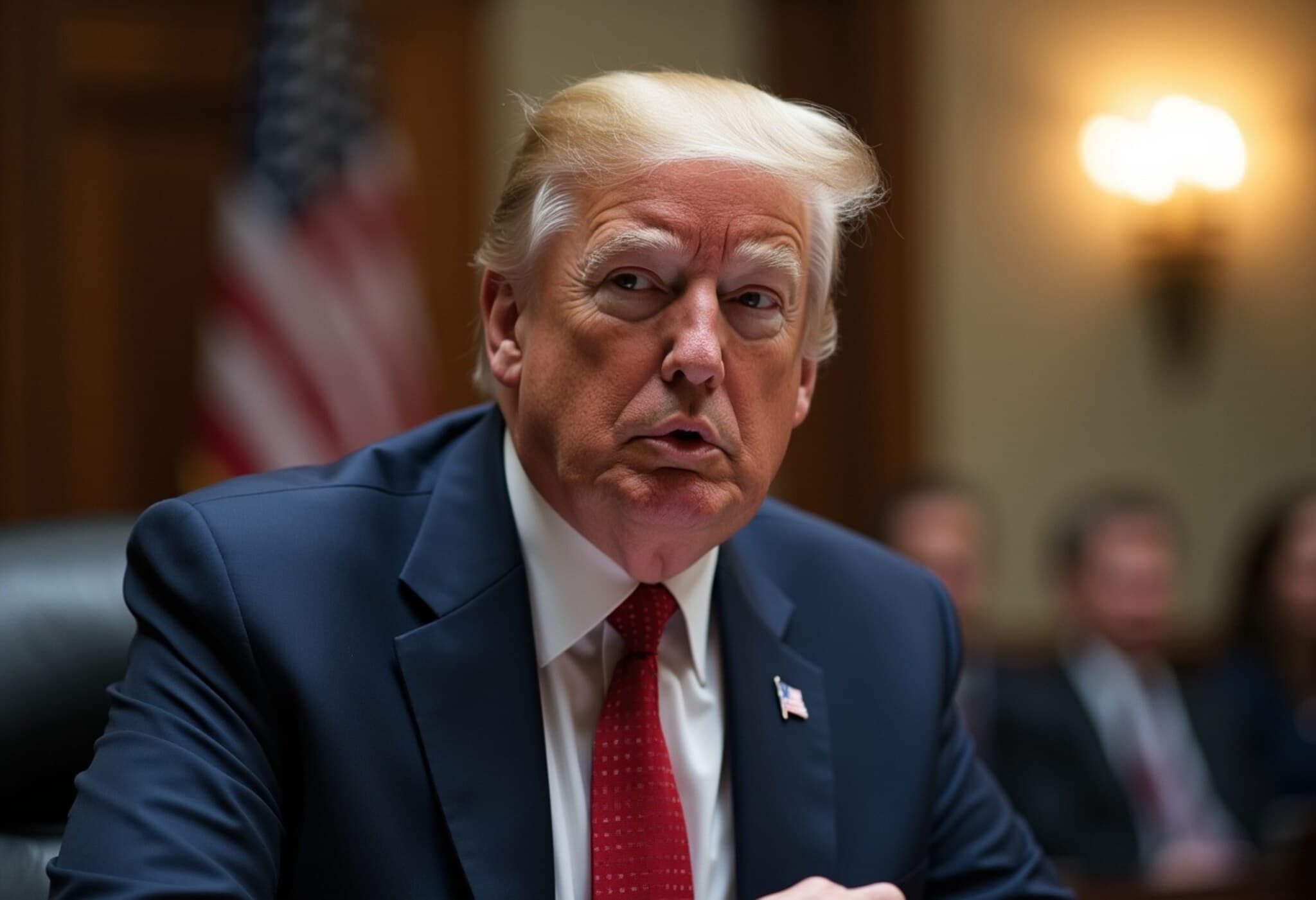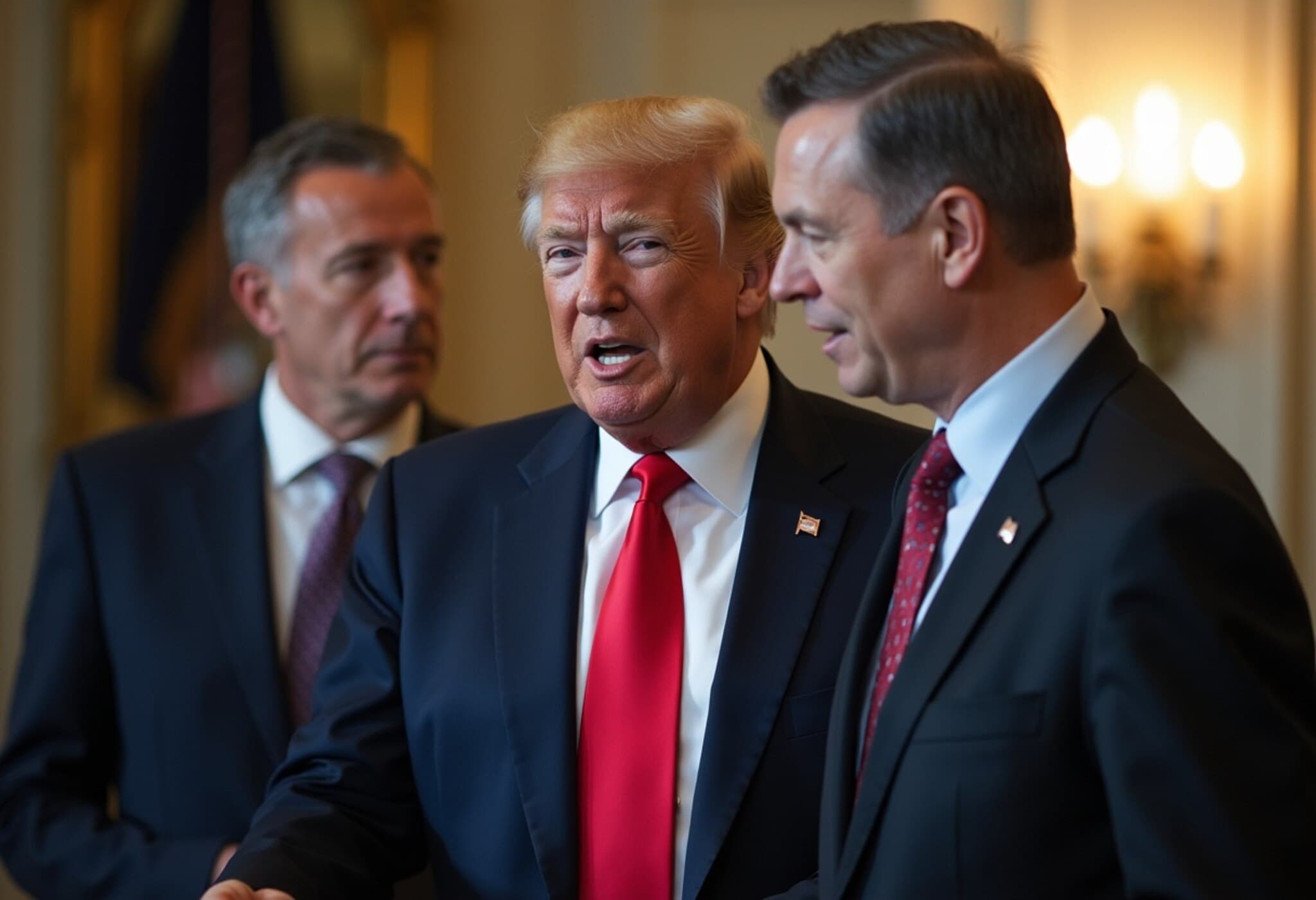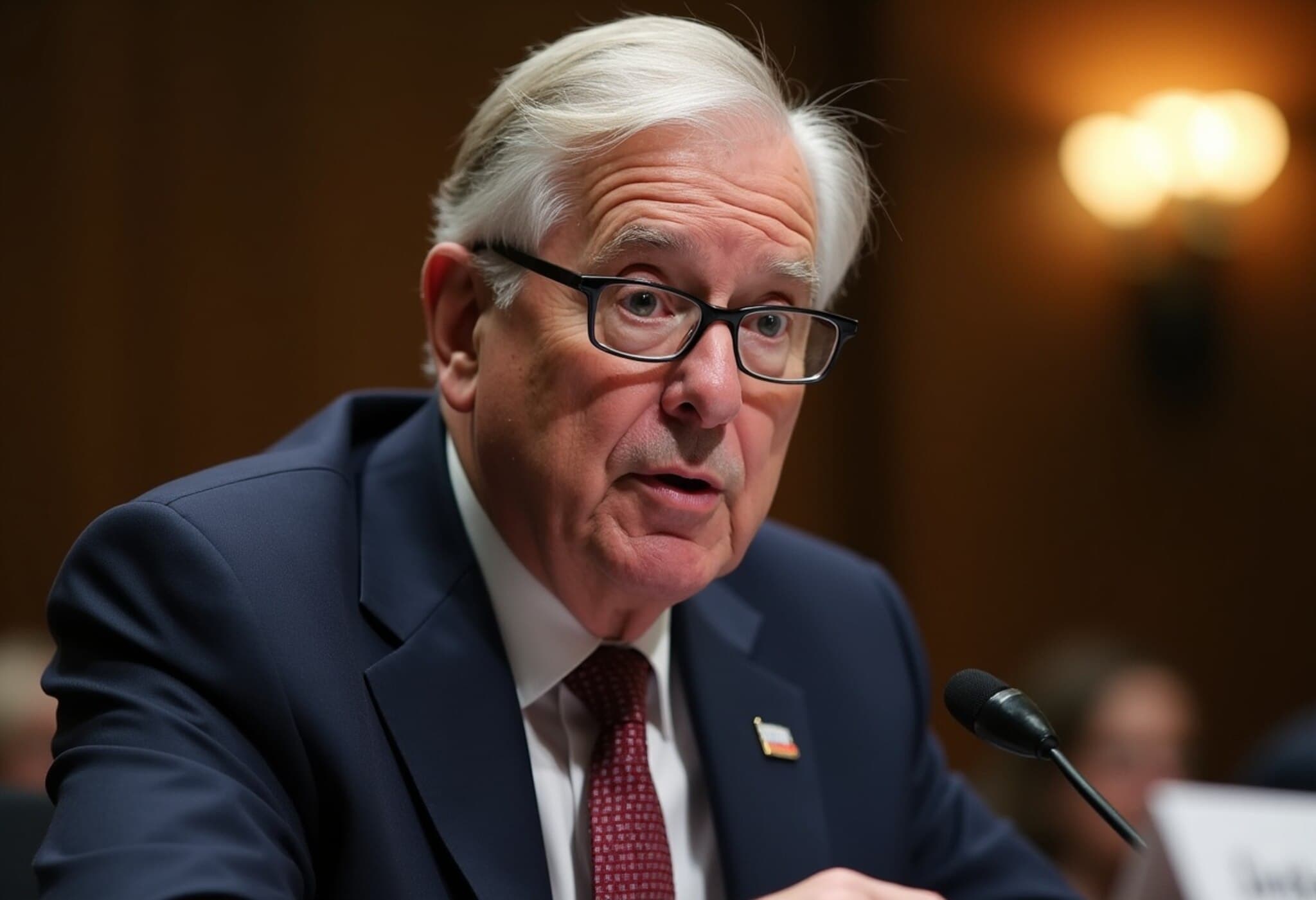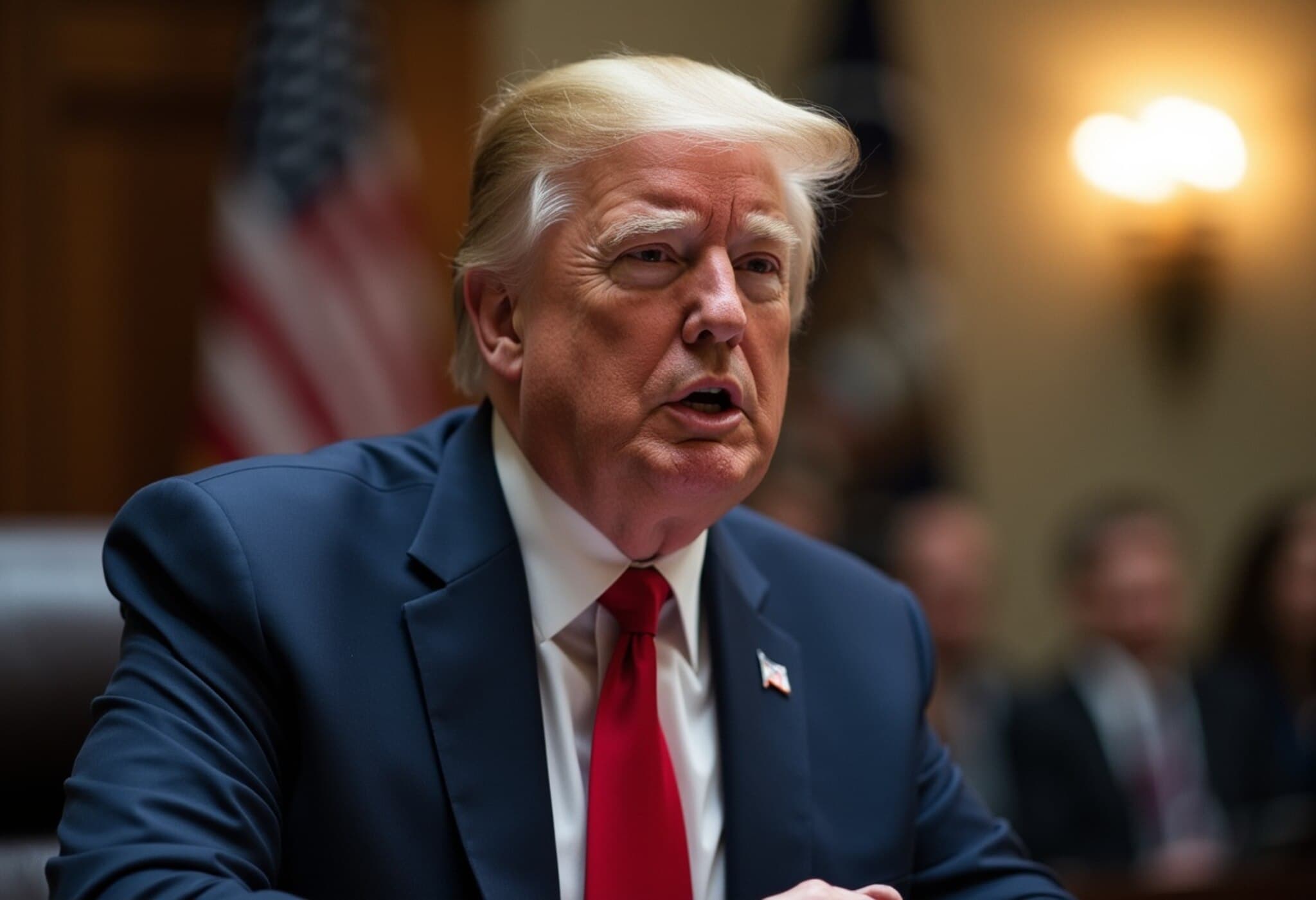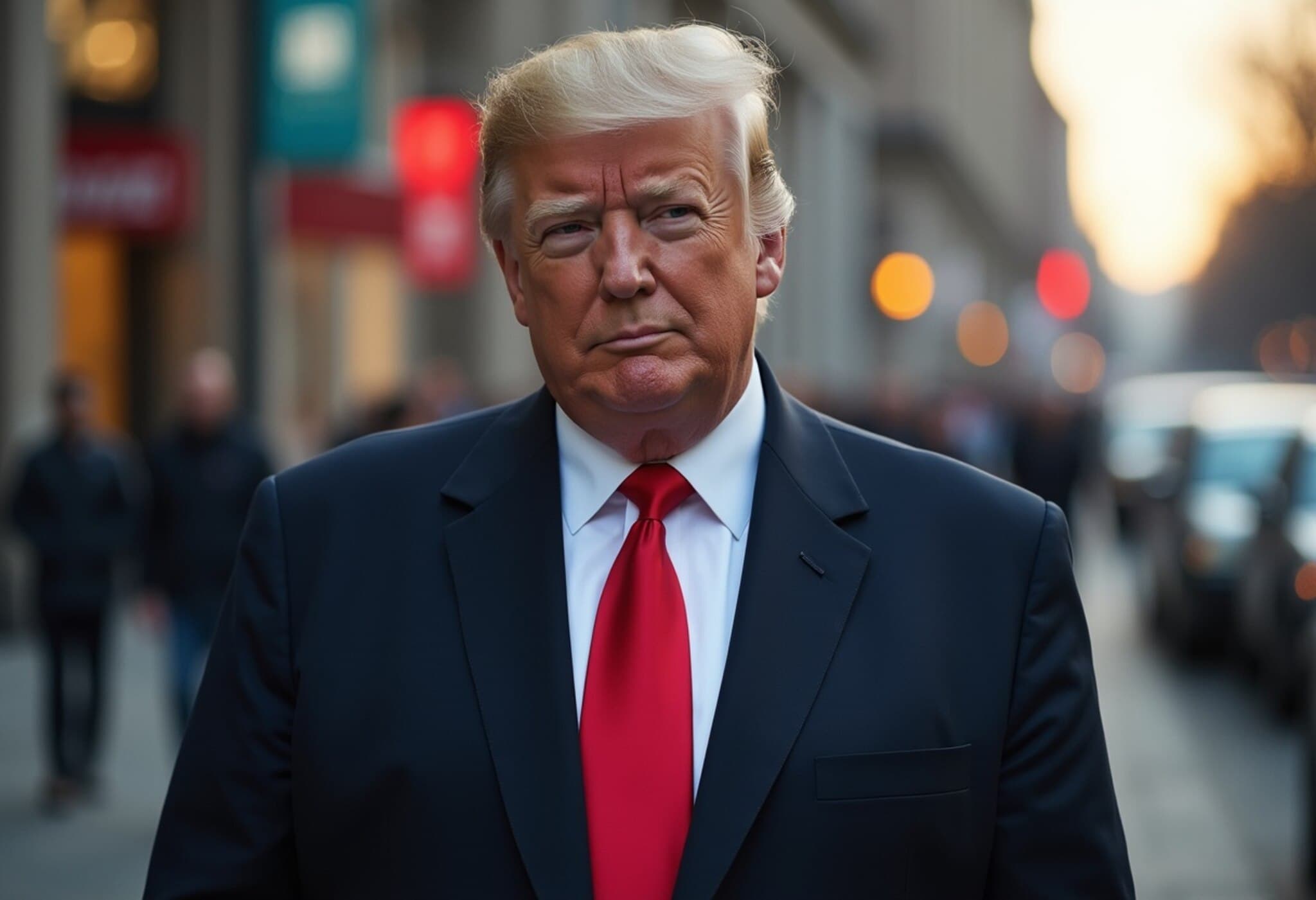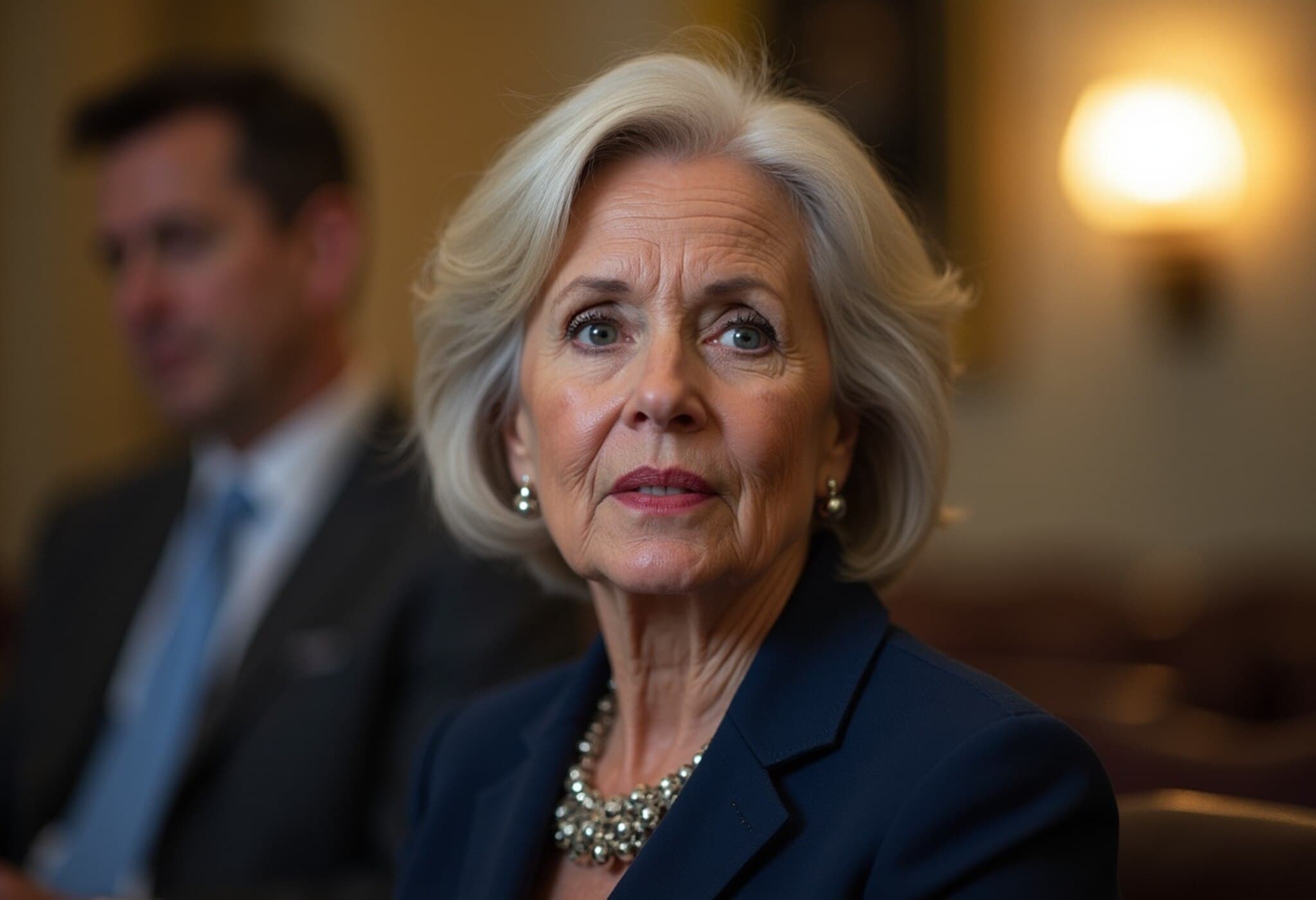Federal Reserve Shifts Focus: Inflation Tops Jobs Amid Tariff Pressures
As the ripple effects of tariffs imposed under former President Donald Trump continue to unsettle global markets, the United States Federal Reserve reveals a growing concern: inflation now poses a more significant threat than employment levels. This insight emerges from the recently released minutes of the Federal Open Market Committee (FOMC) meeting held on July 29-30, 2025.
Inflation vs. Employment: A Delicate Balancing Act
According to the FOMC meeting minutes obtained by Bloomberg, Fed officials openly acknowledged the tension between rising inflation and a weakening job market. Yet, the consensus was clear—the upside risk to inflation has surpassed unease over labor conditions. While employment rates remain "solid," inflation persists at a "somewhat elevated" level, prompting policymakers to remain vigilant.
Last month, the Fed held interest rates steady between 4.25% to 4.5%, citing economic slowing in the year's first half coupled with uncertain outlooks. This cautious stance reflects broader uncertainties amid complex economic signals.
The Tariff Effect: Temporary Shock or Persistent Pressure?
During the post-meeting press conference, Federal Reserve Chair Jerome Powell described the inflationary effects of tariffs as potentially temporary. However, he emphasized that the central bank must prepare for possible entrenched impacts, which could unsettle long-term inflation expectations.
The minutes highlight internal debates among Fed members, weighing whether tariffs represent a one-off price spike or a sustained inflationary driver. Several participants expressed concern about inflation remaining above 2% for an extended period, warning this could unanchor inflation expectations—a scenario that would complicate monetary policy efforts.
Moreover, the full cost pressures from tariffs may not have fully woven into consumer goods and services prices yet. This looming risk underscores the Fed's cautious vigilance ahead of Chair Powell’s upcoming keynote speech at the high-profile Jackson Hole Economic Symposium—a platform historically used to signal interest rate strategies to markets.
Economic Context and Broader Implications
- Consumer Price Pressure: 2025 has witnessed the steepest surge in producer prices in three years, signaling companies are passing increased input costs to consumers.
- Policy Considerations: Some federal officials caution that tariff-driven price hikes may persist well into 2026, complicating inflation management amid other economic headwinds.
- Labor Market Resilience: Despite inflation worries, employment remains relatively strong, yet the Fed remains watchful given the emerging economic fragilities.
Expert Insight: From a policy analysis perspective, the Fed’s prioritization of inflation control over labor market growth reflects a long-standing central banking principle: unchecked inflation can erode purchasing power and destabilize economic growth. The Trump-era tariffs have complicated this calculus by introducing unpredictable supply-side price shocks. This intersection of trade policy and monetary policy highlights the delicate balancing act the Fed must perform to sustain economic stability.
Looking Ahead: Key Questions for Policymakers and Markets
As the Federal Reserve navigates this complex landscape, several critical questions emerge that policymakers and market participants must monitor closely:
- Will inflation pressures stemming from tariffs become entrenched, potentially forcing more aggressive rate hikes?
- How will prolonged inflation above target levels affect wage growth and labor market dynamics in the US?
- Can the Fed successfully anchor long-term inflation expectations without stifling economic growth?
- What role can trade policy recalibration play in alleviating inflationary pressures?
The answers to these questions will shape the trajectory of the US economy and influence the broader global financial ecosystem in the years ahead.
Editor’s Note
The Federal Reserve’s increasing anxiety over inflation amidst tariff-induced shocks signals a fundamental challenge in today’s economic environment: managing cost-push inflation while preserving a healthy labor market. While tariffs initially intended as leverage in trade negotiations, their ripple effects now test the resilience of US monetary policy. As Chair Powell’s Jackson Hole speech approaches, markets and policy watchers alike should prepare for signals on whether inflation concerns will prompt tighter monetary conditions, potentially overshadowing labor market gains. This evolving dynamic underscores the intricate interplay between trade policies and domestic economic stability.

